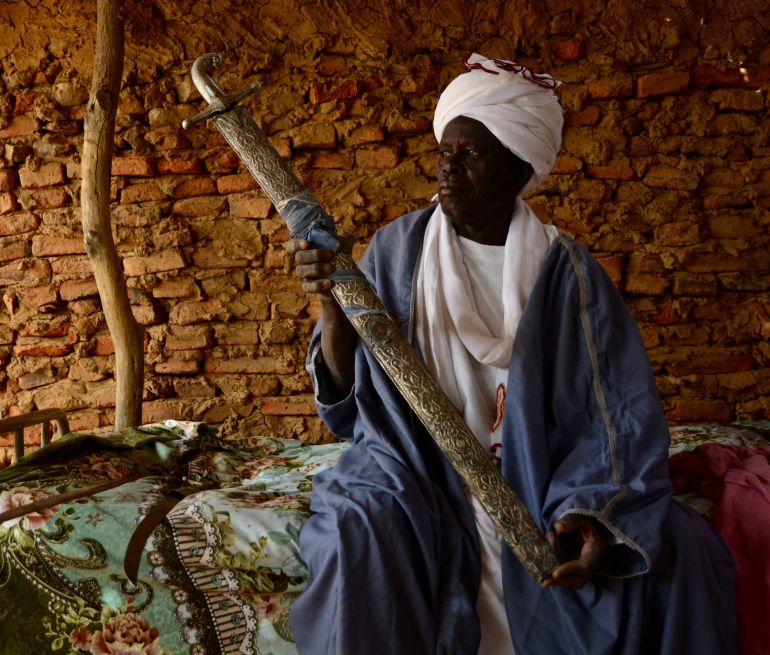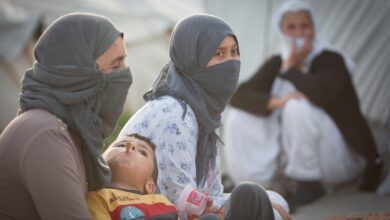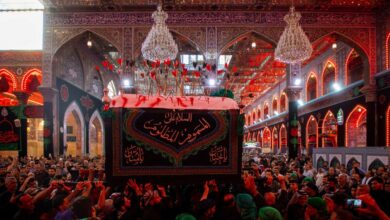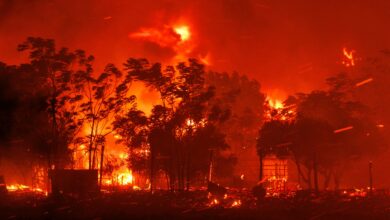Darfur: Between Two Wars – A Journey of Conflict in Sudan
For the past two decades, the region of Darfur in Sudan has been plagued by a relentless cycle of violence, which has not only engulfed Darfur but has also spread to the nation’s capital, Khartoum. The conflict in Sudan has taken on various forms, with Darfur serving as the epi-centre of a humanitarian crisis that has caused immeasurable suffering for its people.
More details in the following report:
The roots of the conflict in Darfur can be traced back to longstanding tensions between different ethnic groups, primarily the Arab-dominated government and the non-Arab rebel factions.
The conflict escalated in the early 2000s, when rebel groups from Darfur, including the Sudan Liberation Movement/Army (SLM/A) and the Justice and Equality Movement (JEM), took up arms against the Sudanese government. They accused the government of marginalizing and neglecting the region, leading to social and economic disparities.
What followed was a brutal response from the Sudanese government, which launched a campaign of repression against the rebels and the civilian population of Darfur.
The government-backed Janjaweed militia, composed of Arab nomadic tribes, carried out widespread atrocities, including mass killings, rape, and the displacement of millions of people.
The United Nations estimates that over 300,000 people lost their lives during the conflict, while millions were forced to flee their homes and seek refuge in overcrowded camps.
In 2005, the Sudanese government and the main rebel factions signed the Darfur Peace Agreement, aimed at bringing a resolution to the conflict. However, the agreement quickly unravelled due to disagreements and violations by both sides.
As the violence continued, another wave of unrest swept through Sudan in 2019, leading to the ousting of longtime President Omar al-Bashir. The protests that began in Khartoum were driven by widespread discontent with al-Bashir’s oppressive regime, which had ruled Sudan for three decades.
The people of Sudan, including those in Darfur, were demanding political reforms, social justice, and an end to the conflicts that had ravaged their nation.
The international community must continue to support Sudan’s transition and aid those affected by the conflicts. Sustainable peace in Sudan requires not only an end to the fighting but also comprehensive efforts to address the underlying issues that have fuelled the violence. Only through a collective commitment to peace, justice, and development can Sudan escape the grip of conflict and embark on a path towards a brighter future.







